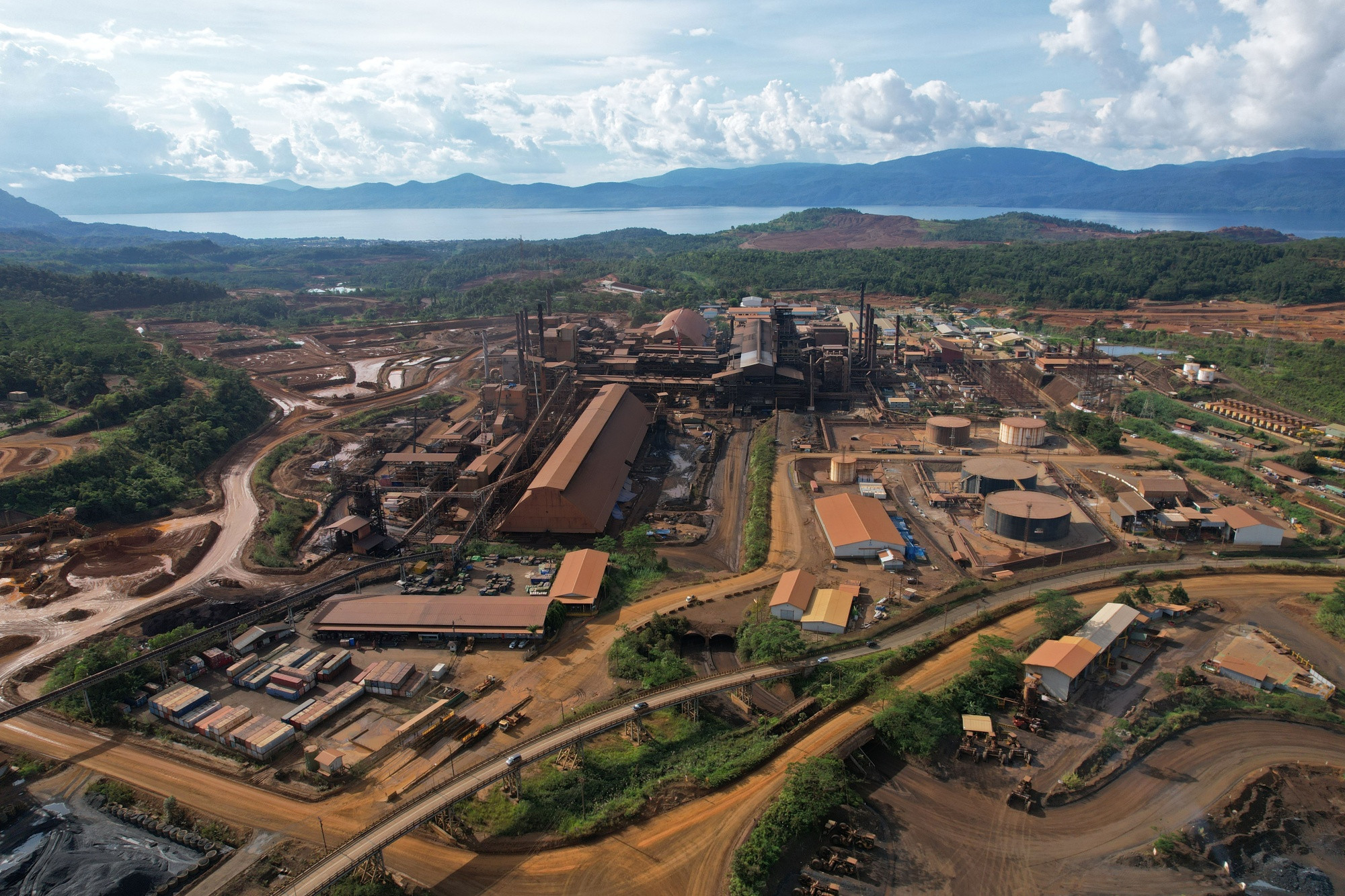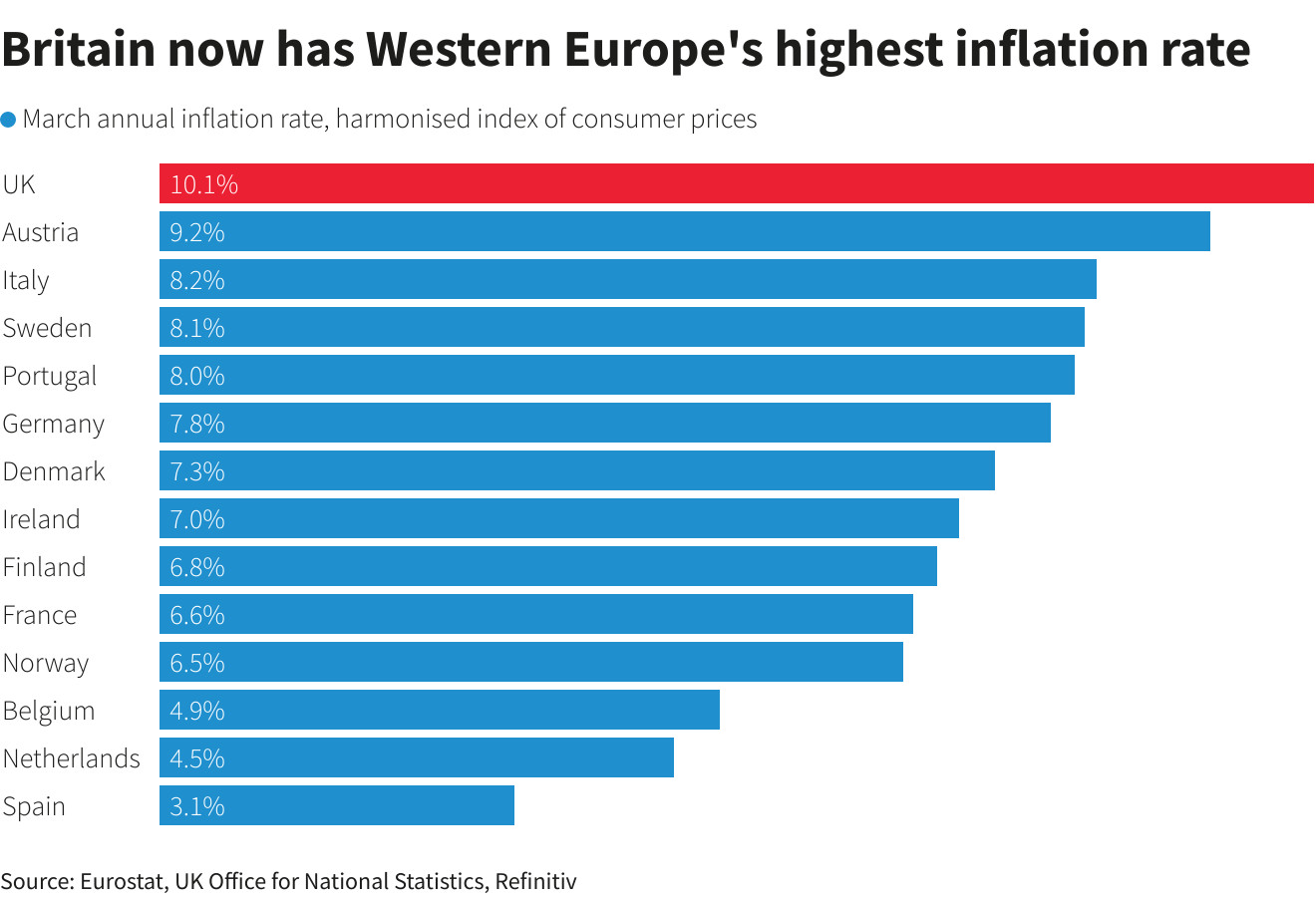Nickel Prices Plunge: Is the Bottom in Sight?
Nickel prices have been in a downward spiral, shedding an additional 4.43% in July alone. While prices appeared to stabilize in early August, they remain close to their early 2024 range, erasing all gains from the speculative uptrend in the previous quarter. This continued decline raises questions about the future of nickel and the factors driving its price trajectory.
Factors Weighing on Nickel Prices
Several factors are contributing to the current weakness in nickel prices. One key factor is the slowing demand in the stainless steel sector. Stainless steel distributors have reported a decline in demand as summer approaches, and plunging nickel prices have discouraged buyers from purchasing ahead of time. This is reflected in Ryerson’s quarterly financial results, which showed a sharp decline in stainless steel shipments during the second quarter of 2024.
Slowing Manufacturing Activity
The ongoing manufacturing recession is also playing a significant role in dampening demand for industrial metals, including nickel. The ISM Manufacturing PMI, a leading indicator of manufacturing activity in the U.S., fell deeper into contraction territory in July, suggesting a lack of support for metal prices in the near term. While eventual rate cuts from the Federal Reserve may offer support to the overall sector, the impact will be lagged.
Shift in Battery Demand
Another factor weighing on nickel prices is the rising popularity of lithium iron phosphate (LFP) batteries. LFP batteries do not contain nickel, and their increasing market share is reducing the demand for nickel-bearing batteries. This shift in battery demand is particularly concerning, as batteries are now a key growth driver for nickel demand.
Potential for a Turnaround
Despite the challenges facing nickel, there are some potential factors that could support a turnaround in prices.
Supply Constraints
Low nickel prices are triggering supply responses. For example, BHP Group, a major nickel producer, suspended its Nickel West division in July due to low prices. Additionally, production challenges in New Caledonia and weather-related disruptions in Indonesia are tightening nickel supply, creating downside risks to projected surpluses for 2024 and 2025.
Infrastructure Investments
U.S. infrastructure investments are expected to provide long-term support to nickel demand. However, a more significant recovery will likely require improved conditions within the manufacturing sector.
Outlook for Nickel Prices
While the bottom for nickel prices may be nearing, the road to recovery is likely to be gradual. The current nickel price is close to lows for 2024, and elevated nickel inventories could create an overhang in the market.
Morgan Stanley anticipates that nickel prices could remain range-bound for the time being. The broker expects a limited further downside to pricing after a pullback to around the 70th percentile of the cost curve, a level where nickel has historically found support.
Conclusion: A Balancing Act
Nickel prices are currently caught in a balancing act between slowing demand, supply constraints, and the potential for a turnaround. The outlook for nickel remains uncertain, with several factors influencing its price trajectory. However, the ongoing economic and industrial conditions, along with the evolving dynamics of the battery market, will play a crucial role in shaping the future of this important metal.


















